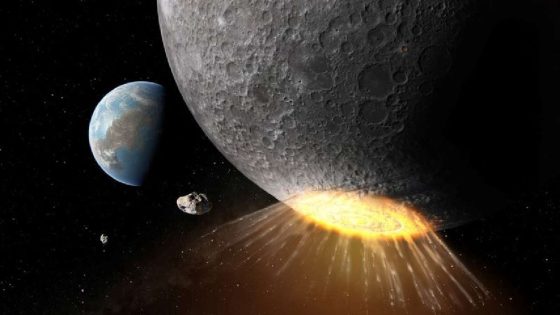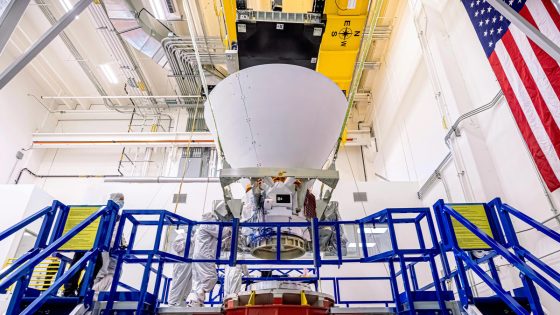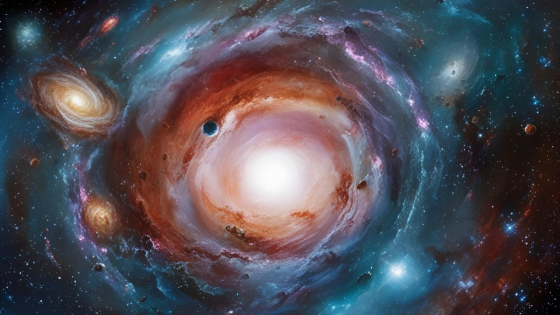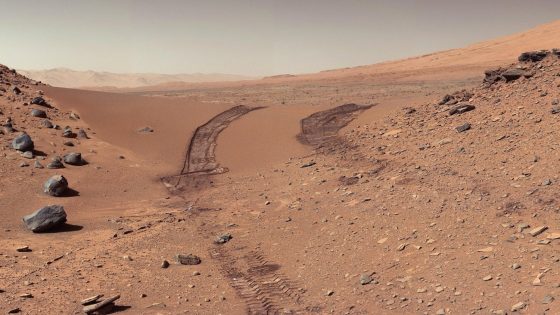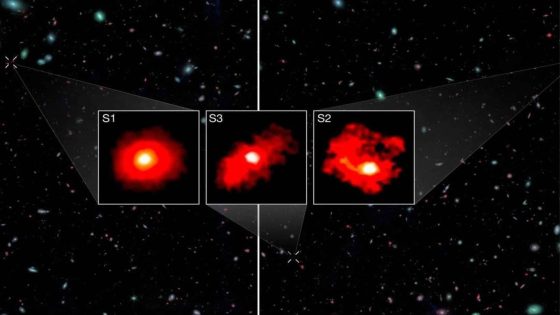The recent discovery of two massive canyons on the moon has captivated scientists and space enthusiasts alike. These canyons, comparable in size to the Grand Canyon, were formed in a matter of minutes by a colossal asteroid impact 3.8 billion years ago. How did such a powerful event shape the lunar landscape so dramatically?
- Grand Canyon formed by Colorado River erosion.
- Moon canyons created by asteroid impact.
- Impact released energy 130 times nuclear arsenal.
- Vallis Planck and Vallis Schrödinger dimensions.
- Earth recycles surface; moon lacks tectonics.
- Artemis mission will explore lunar history.
On February 9, 2025, researchers revealed that the energy released during this impact was equivalent to 130 times the total global nuclear arsenal. This groundbreaking study opens new avenues for lunar exploration and understanding our solar system’s history.
The Moon’s Grand Canyons: A Result of Asteroid Impact
What can we learn from these lunar canyons? Scientists have discovered that the Vallis Planck and Vallis Schrödinger canyons were formed almost instantaneously by debris from an asteroid impact. This revelation not only highlights the moon’s violent past but also informs future explorations.
Exploring the Significance of Lunar Canyons
The discovery of these canyons sheds light on the moon’s geological history and its differences from Earth. Unlike Earth, which has a dynamic surface due to plate tectonics, the moon retains scars from ancient impacts. This makes it a valuable site for studying early solar system events.
- The canyons were formed in less than 10 minutes.
- Energy released was 130 times that of current nuclear weapons.
- The impact created debris that traveled at speeds up to 2,200 miles per hour.
- NASA’s Artemis mission will explore these regions for ancient rocks.
Impact Events and Their Role in Lunar Geology
Impact events like the one that created the canyons are key to understanding the moon’s surface. The asteroid that struck the moon was about 15 miles in diameter, significantly larger than the one that caused the extinction of the dinosaurs on Earth. Such impacts have shaped not only the moon but also our understanding of planetary formation.
Future Lunar Missions and Their Importance
NASA’s Artemis program aims to return humans to the moon, focusing on the Schrödinger impact basin. The ancient rocks found in this area could provide insights into the moon’s formation and the early solar system. Collecting samples from the lunar surface will allow scientists to test theories about the moon’s origins and its volcanic past.



